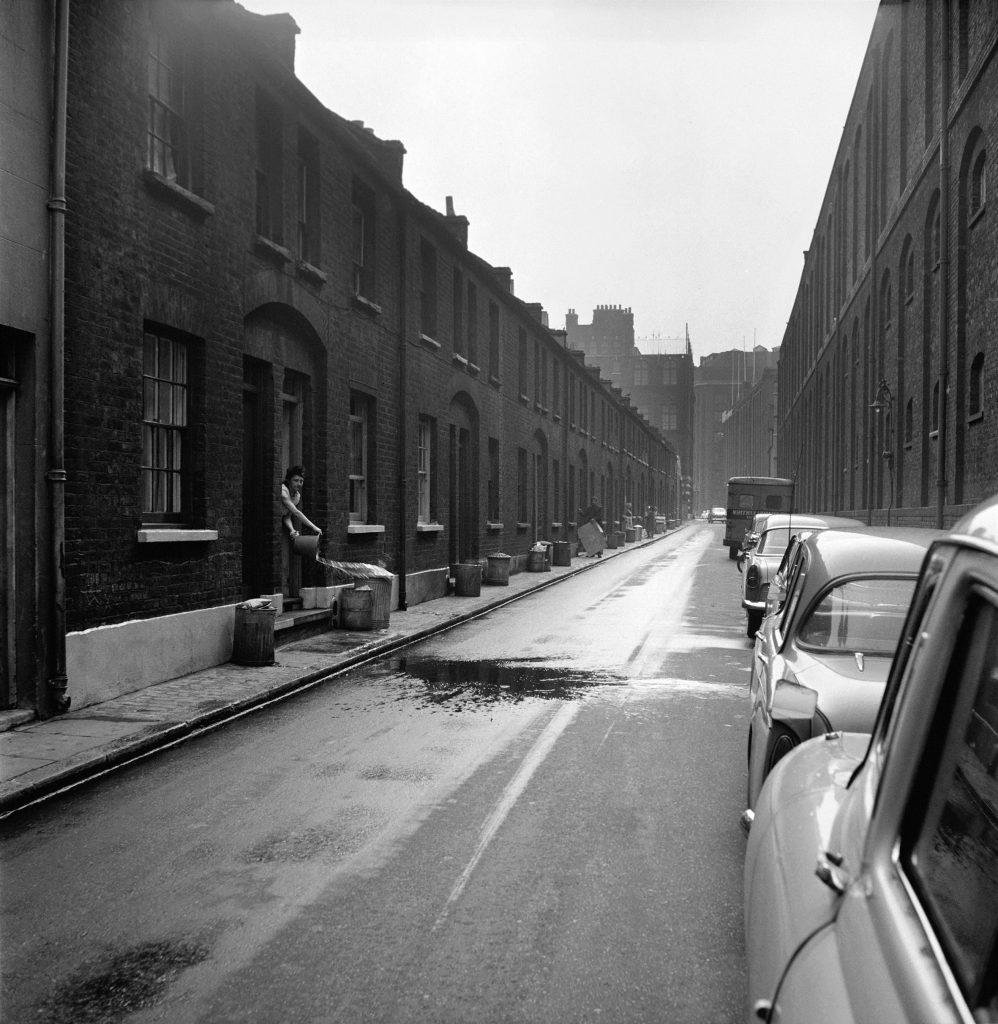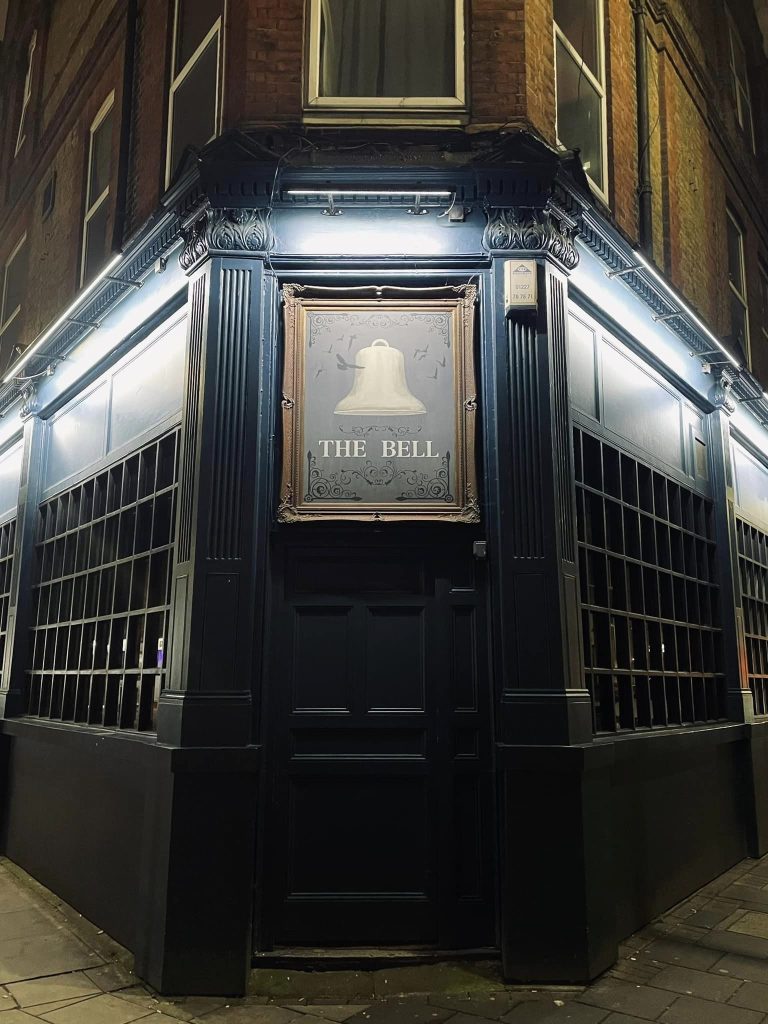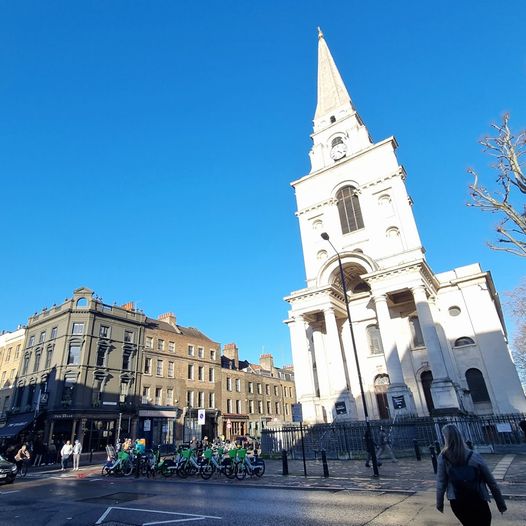His name is legend, hers lost to time. This is perhaps the greatest injustice of all.
The cobblestones of the East End feel solid beneath my feet. Tourists, their voices a cheerful murmur, pass by shops and restaurants. One hundred and thirty years ago, these were the hunting grounds of a monster, and somewhere out there, under all this modernity, is where Annie Chapman took her last breath.


A Mother, A Wife, Then a Victim
It’s hard to picture how a respectable mother ended up here. We don’t know how quickly her life fell apart after her husband died, but it couldn’t have been long. No pensions, no shelters… an 1880s working-class woman was one bad break away from the gutter.
“Or desperation, madam,” the guide said, his Victorian accent adding a theatrical edge, “drives folks to do things they never dreamed.” For Annie, that break was widowhood.
-Photo of
How Does a Life Unravel This Fast?
Life on the streets for a woman in Victorian London was a brutal lottery. Marriages rarely offered financial security, and with a single child (her eldest daughter having died young), Annie likely found herself relying on low-paying, unstable work. The guide mentioned she might have been a caretaker or a charwoman, barely scraping by. Rent would have been a constant worry, every illness a potential financial nightmare.
“Like something out of Dickens…” the guide muttered, shaking his head as he described these crowded, disease-ridden tenements. For a woman alone, with a child to support, there were few options. Selling flowers or cleaning houses wouldn’t have cut it.
In a city booming with wealth, Annie might have been saved. Instead, she was forgotten, even after her horrific end.
The Panic of the ‘Leather Apron’
The first murder had been unsettling, but with only one victim, the Whitechapel murders were a grim curiosity. After Annie was found, they became a nightmare. Front page headlines screamed about a monstrous killer, the ‘Whitechapel Fiend’, and the ‘Leather Apron’ was whispered on every corner. The guide had a sardonic chuckle when describing this, the way only a Londoner can. “Media loves to sell fear, don’t they?” he remarked.
Fear was on tap for the East End, and a scapegoat was needed fast. An innocent Polish worker was arrested, but had no real connection to the crimes. The guide hinted it was more to appease the papers than anything else. For women like Annie, this wasn’t progress. Now the police were watching for working girls as much as the killer, adding suspicion to the danger they already faced.

The Bell Pub
Christ Church

How She Was Found
The morning of September 8th, 1888, dawned on the grim backyard of 29 Hanbury Street. John Davis, a resident, emerged just before 6 AM. Stepping past broken fences and piles of refuse, he saw it. Not the sack of potatoes he might have hoped for, but a dark bundle. As his eyes adjusted, the horror became clear.
Annie Chapman lay sprawled on the cold ground. Her throat was cut savagely, and like with poor Polly Nichols, this was just the beginning. The killer had mutilated her body, her intestines pulled out and draped over her shoulder. But it was what he took, the trophy that truly marks this monster apart…he’d removed her womb entirely.
Was Annie Chapman His First Victim, or Just the First We Cared About?
Why did Annie’s death cause such an uproar when the first victim, Mary Ann Nichols, received so little attention? Perhaps it was the brutality of the attack. Maybe it was the location, closer to a more affluent area of Whitechapel. Or perhaps…it was a combination of factors.

By the time Annie was murdered, the press was hungry for a story, the public was primed for panic, and the police were desperate for answers. Her death became a tipping point, transforming a local tragedy into a national scandal.
I left that tour shaken, not by the killer, but by how little has changed for desperate women. Perhaps solving that is the real way to stop monsters like him.
More Than a Name the Ripper Gave Us
The details of her final moments are best left undisturbed. What matters is that she was a woman, a mother, struggling to survive in a world that offered her no safety net. In a city booming with wealth, Annie might have been saved. Instead, she was forgotten, even after her horrific end.
The next day, those East End streets bustled on. Business as usual in a city that cared more for commerce than compassion. Until we learn that lesson, Annie Chapman didn’t truly die in vain.
I left the tour that night haunted, not by Jack, but by Annie. Women like her still walk our streets. Changing THAT is how we honour her memory, and stop the next Ripper before he even begins.
He carved his name into history, while hers vanished with the morning fog. In a society this indifferent to one woman’s suffering, is it any wonder monsters thrive?
What happened next…
Police flooded the area. But in a neighbourhood so used to death and hardship, reliable witnesses were scarce. What’s clear is the killer’s violence was escalating, his brutality becoming bolder with each victim. One thing the investigators didn’t know – the darkest days were still to come. Less than three weeks later, he would kill twice in a single night, as though daring the police, or perhaps the entire world, to stop him.
Would his madness peak with a horrific double murder, or was he just warming up?